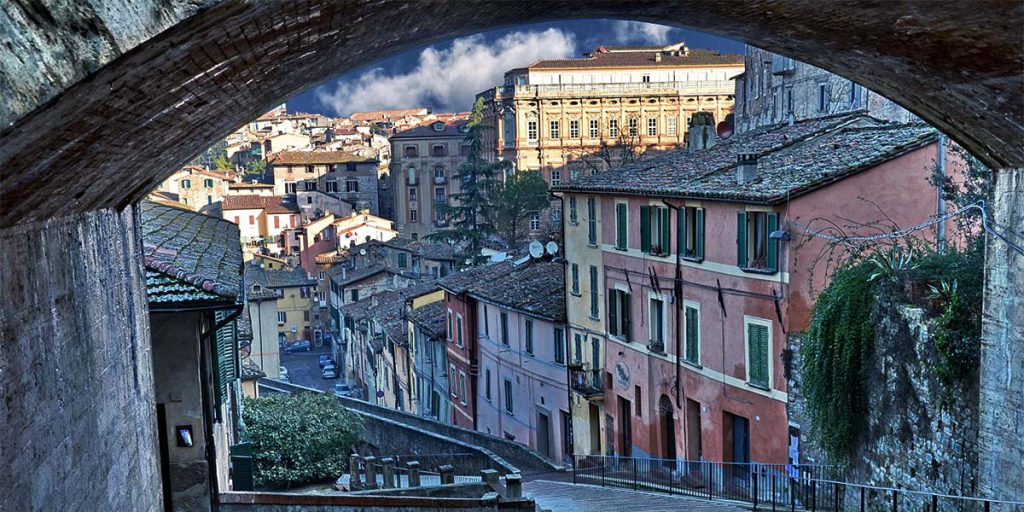What is Ceramics? Characteristics and Properties
La ceramica è un materiale molto antico, con caratteristiche e proprietà che lo rendono adatto agli usi più vari.
Con questo termine si identificano sia le creazioni di argilla modellata e cotta (terracotta), sia quelle che hanno subito i processi di smaltatura, decorazione e cottura (maiolica).
Characteristics and Uses of Ceramics
Ceramics is the result of firing a mixture made from clay, water, and any additives. The word ceramics derives from the Greek word kéramos which literally means potter’s clay. This material consists of an aluminum silicate-based clay with a color ranging from gray to reddish (depending on the amount of iron oxide present).
As early as prehistoric times, clay was the first material to be used by humans – by virtue of its ability to absorb water, become malleable to the touch and easily moldable- to make pottery and other objects essential for storing food and drink.
If on the one hand, ceramics has lent itself and continues to lend itself to practical uses related to everyday life, on the other hand, it has always been – even historically- one of the most widely used materials for decorative use in home furnishings and wall coverings.

In fact, the art of pottery dates back some 10,000 years. As early as 5,000 B.C., Chinese potters had invented the potter’s wheel with which they produced fairly elaborate fine pieces. Egyptians also created small objects with so-called “Egyptian paste” obtained by mixing glaze and clay. Babylonia and Assyria glazed pottery, with brightly colored glazes, was first used as lovely architectural decor.
Terracotta production in Umbria is documented since the 13th century, which bears witness to the ancient wisdom of the Umbrian people in the production of handmade ceramics. Materia Ceramica is part of this long and valuable tradition.
Properties of Ceramics
Ceramic pieces and decorations are especially valuable when taking into account the many properties this material possesses.
Characteristics such as hardness, strength, low electrical conductivity, and resistance to high temperatures make this material perfect for creating kitchen utensils, lamps, ceramic decorations, table tops, and wall tiles suitable for every space and environment.
The main properties of ceramics (majolica) are:
- luster,
- impermeability and cleanability,
- low thermal and electrical conductivity,
- hardness: resists scratching and rubbing,
- brittleness: cannot withstand sudden impacts,
- refractoriness: resists high temperatures,
- resistance to compression.







